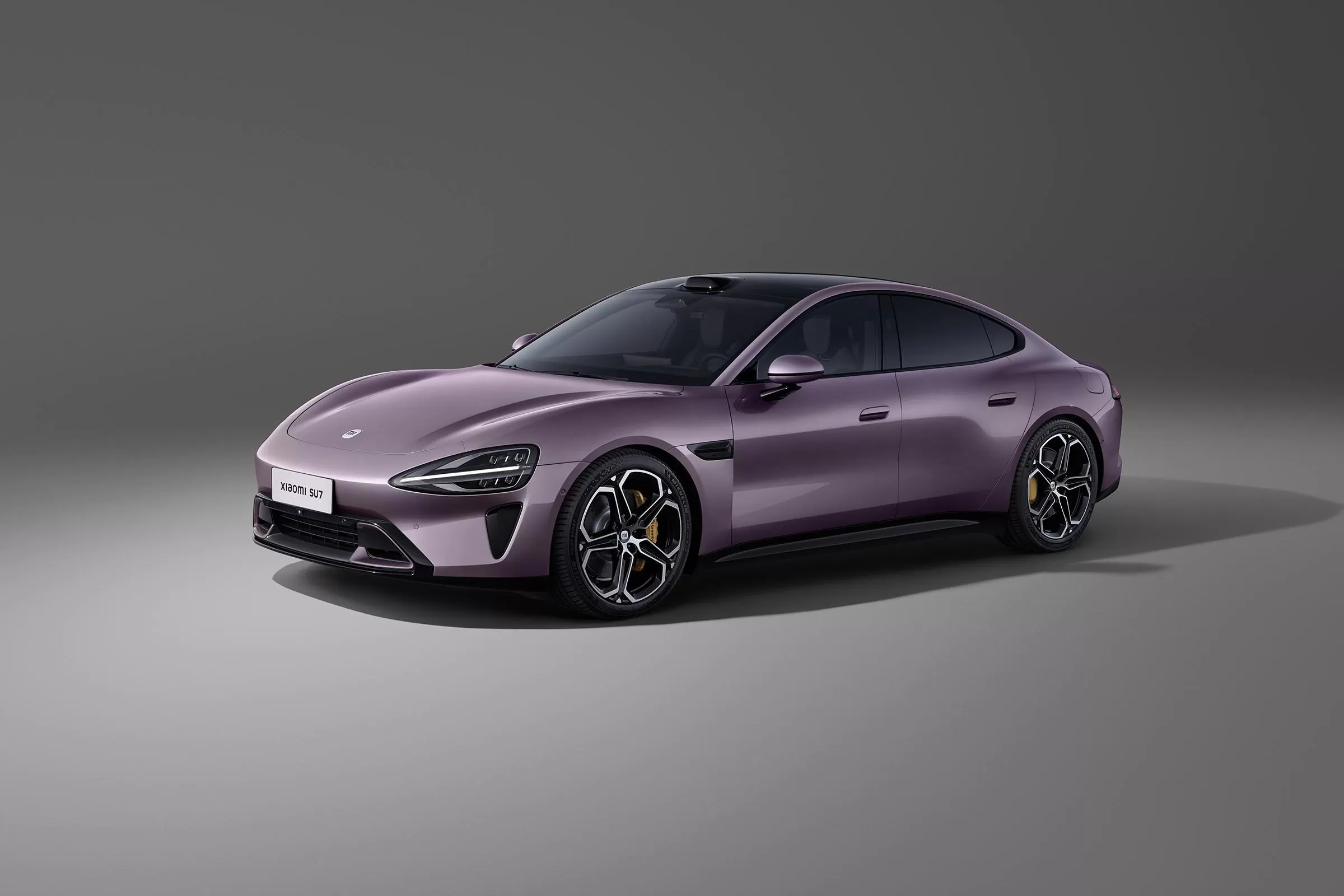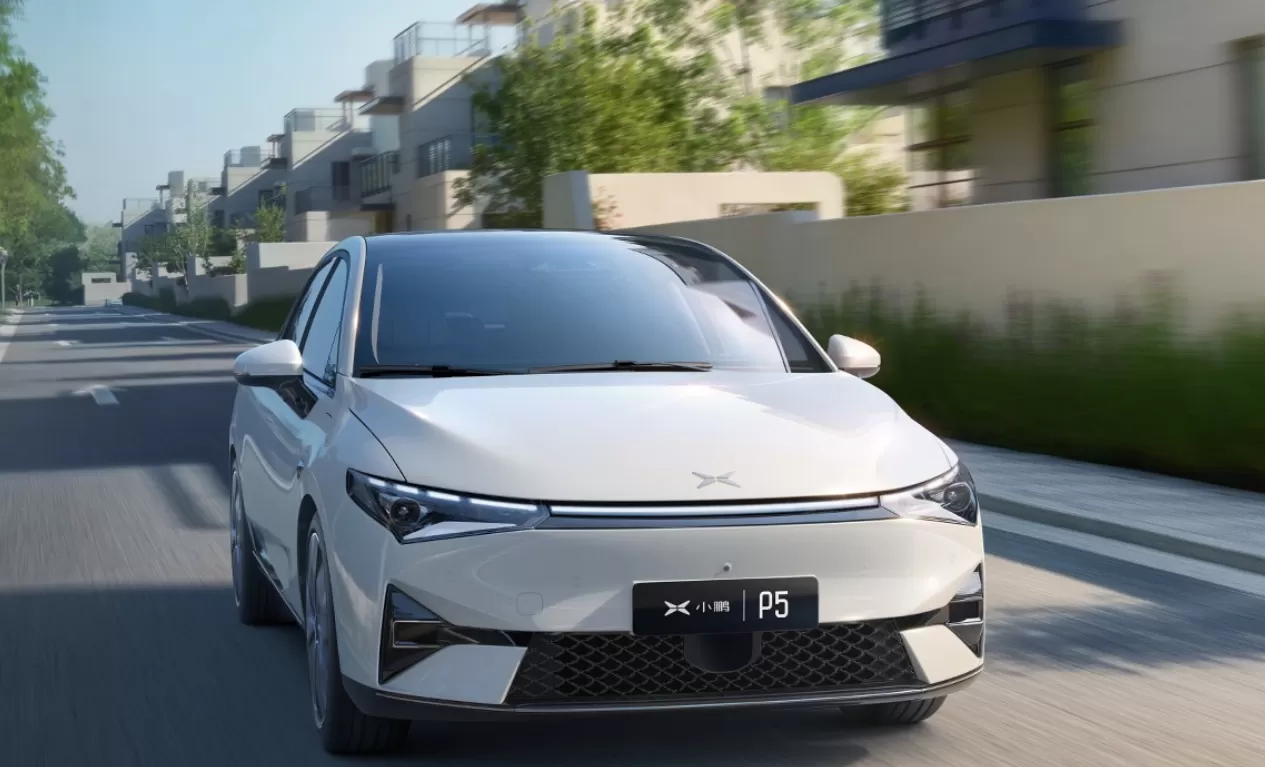A netizen asked me: why does the Xiaomi SU7 resemble the Porsche Taycan? Does Xiaomi lack originality?
Many people may have doubts about this question: the Xiaomi SU7 700km Rear-Wheel Drive Long-Range Smart Version (standard model) is priced at 215.900 yuan and can accelerate from 0 to 100 km/h in 5.28 seconds, with a CLTC pure electric range of up to 700 km. In contrast, the Porsche Taycan, priced at 898.000 yuan, takes 5.4 seconds to accelerate from 0 to 100 km/h and has a CLTC pure electric range of only 430 km. Whether in terms of power output or range, the Xiaomi SU7 has an advantage, and it is 682.100 yuan cheaper than the Taycan. Does it need to "imitate" the Taycan?
Whether it is necessary or not, it is undeniable that the Xiaomi SU7 and the Porsche Taycan are indeed very similar, and the latter appeared earlier. Personally, I do not believe this similarity is purely coincidental. So, why does the Xiaomi SU7 "imitate" the Taycan?
I understand it this way: as Xiaomi's first car model, the Xiaomi SU7 holds significant importance. It must succeed and cannot afford to fail. If the design were entirely created by Xiaomi's designers, it might still be beautiful, but there is a risk of "failure." For Xiaomi, this is unacceptable. By referring to the relatively mature design of overseas brands, they ensure a good-looking design and minimize the risk of failure. If they aim for a sporty and youthful feel, who else but Porsche fits the bill?
Therefore, it is reasonable for the Xiaomi SU7 to resemble the Porsche Taycan. Xiaomi wants to make a big splash. Despite the criticism of this "imitation," Xiaomi remains unwavering, aiming to ensure high sales for this model and set a benchmark for future models, laying a solid foundation for Xiaomi's automotive future.

After the launch of the Xiaomi SU7. it received 88.898 orders within 24 hours, which is very impressive. Whether you call it a "knock-off" or an imitation of the Porsche Taycan, it doesn't matter. What matters is that the Xiaomi SU7 is very popular, and that is enough.
A thoughtful netizen asked me: the Xiaomi SU7 can charge from 10% to 80% in 0.42 hours in fast charging mode. Why do all electric vehicles' fast charging modes only charge up to 80%? Why can't the remaining 20% be fast charged?
This is an excellent question, touching on the technical bottlenecks of power batteries. Over a long period, this bottleneck is challenging to overcome. To make it simple, imagine the battery as a parking lot and the "electricity" as cars. Initially, the parking lot is spacious, and cars can park easily and efficiently. But as more cars arrive, finding parking spaces becomes more challenging, and parking efficiency decreases. When 80% of the parking spaces are used, it becomes even more difficult for subsequent cars to park. This is why fast charging only charges up to 80%.
Is there a way to efficiently park 100% of the cars?
It's straightforward: assign numbered parking spots. Suppose there are 100 spaces, numbered from 1 to 100. The first car parks in spot 1. the 50th car in spot 50. and so on, maintaining high efficiency. However, this is theoretical. In practice, there are issues: first, cars may not follow the rules; second, if parking spots break, it can cause congestion and chaos, making it impossible to park any cars. Thus, while theoretically feasible, it may not be practical.
These parking logic principles are akin to a battery management system.






